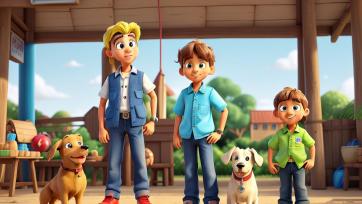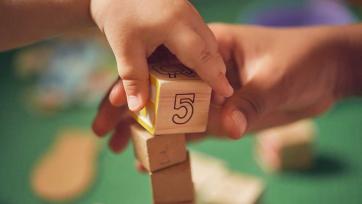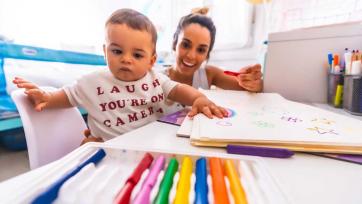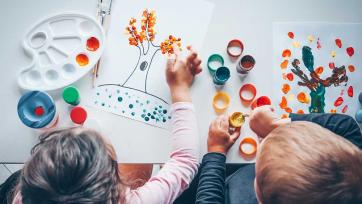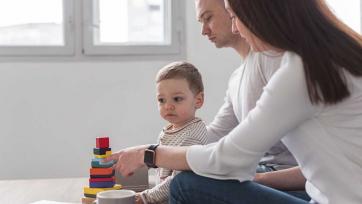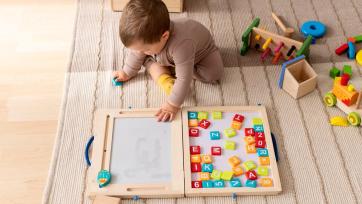Forests are enchanting, peaceful places. With stories and creatures with deep and dark secrets. At the center of one such forest, a king had strayed from his usual path. Wandering the forest, he was worried he would never find his way out.
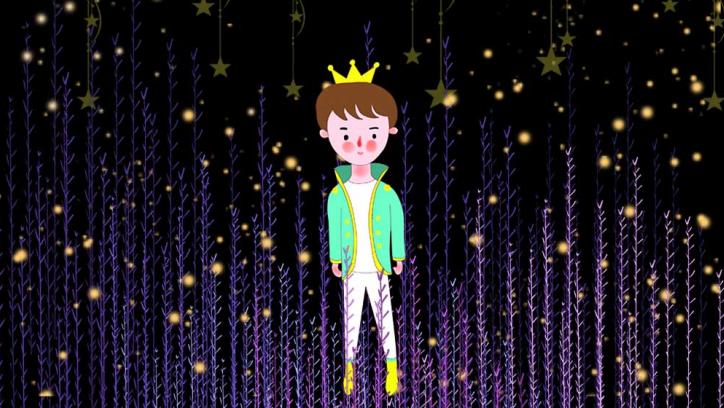
Just then, he came upon a strange looking man. His back was bent, he held a stick to stand and his beard went all the way to the ground. That old man said, “Who are you? What are you doing here in my forest? Are you lost peasant? "
The king replied, “I am not peasant. I am the king of these lands. These forests are mine, but I am lost. Can you help me?"
Old man said, “Ash, you are the king. How very good for you. Well, my king. This forest is mine and only I know the path out of here. I can show you the way if you like. But I would want something in return."
The king surprised by the old man's behavior, but he needed to return home. He needed to be with his wife and his newborn child.
King said, “What would you want in return?"
Old man said, '' You must promise me that when I make sure you reach the gates of your kingdom, whatever walks out of it first, you will give me that in return. I will give you one day. You must promise that it will be mined forever."
The King thought himself. But then he knew that he had been wandering for too long, everyone would be worried about him. He made up his mind. He shook the hand of the old man, agreeing to his deal.
Following the hunched old man through the forest, the king was at times amused and surprised by the old man's speed and flexibility. Almost he would lead the king through lakes and tiny spaces, but somehow moving forward. At the end, the old man stayed true to his word. Finally, making him sure the king found his way home.
He said," Remember your promise, my king."
The king was greeted with flowers and screams. The people were ecstatic to see him in one piece. But one person was crying in joy, His Queen. Before the King, could say anything. She rushed towards him with their first born son in her arms. And crosses the gate. She handed over the son to king so he could see him. Now the son became the first thing to cross the gate and meet the king. As the Old man saw the child, he smiled. The king turned around and looked at him as he walked into the forest. Now the king was worried.
When the King was in his room looking out of the window, the Queen asked, “My king, you look worried. What is it? Tell me what is troubling you? Are you not happy to be home? "
The king said," No, that is not true. I am overjoyed to be home. But I have made a grave mistake my dear."
The king told his Queen everything. Every little detail that she was unaware of. The Queen was shocked by the story and they both wondered what they would do know.
The king had an idea. The king called upon his minister and asked if there were any children born the same day as his son. The minister confirmed that a little girl was burned to a peasant couple on the same night as the prince.
The king summoned the couple and their baby to his chambers. The king spoke to the peasant, explaining everything. Knowing it would be a difficult decision for him to make. He asked for the peasant's newborn daughter to take his son's place with the old man. The King promised to take care of the peasant couple forever, if they would make their sacrifice. The couple handed their child to the king. They were very sad.
The next morning, the old man stood at the edge of the forest. Waiting for the king to arrive. Sometime had passed and then, the gates opened. The King strode on his horse towards the old man, looking angrily at him. He got off his high horse and in small basket, covered in white cloth. He delivered the crying, little baby to the old man. The Old man had an evil smile, but pleased he had gotten what he wanted. Clutching the basket, he limped into the forest and took away the baby girl.
Years later, the prince had grown. He was kind, smart, grateful and helpful to everyone around him. He was pleased to see the kingdom his father had built in good shape. The people were happy; they had food to eat and livelihood to keep them going.
One day, the prince was walking happily through the streets, at a distance peasant's wife starred at him. She looked at her husband, who shook his head. But as he turned around, her wife ran to the prince. Standing in front of him, blocking his way.
She said, '' You don't know me, my prince. But I must say this to you. Yes, the king is good man. He has taken care of his kingdom. But at what cost? At yours? Or at ours? Ask him about my child."
The prince was worried; he did not know about what the woman was talking about. At the dinner table that night, the prince asked his parents about what had happened. The king revealed everything about the journey into the forest, about the old man. A promise and the sacrifice for the glory of the kingdom. After listening his father, prince said, “I must find her. It is only because of her sacrifices, that I stand here today. I cannot be a prince or a king, until she is free. I will either bring her back or take her place."
King said, " You must do what you think is right."
Then, the next morning, the prince got ready for the journey. Taking with him a box of beds. So that he was to get lost in the forest, he could find his way home. After meeting his parents, he went to that peasant's house. He said to them, “I am very grateful to you that you sacrificed for me and the kingdom. I am going in the forest to save your daughter."
Listening this peasant couple became very happy and prayed for his success and health.
So once again, just like his father, the prince wandered into the unending forest. The prince wandered around for a day. One day, he listened the voice of Lion roaring in pain. When he went closer to the lion he saw that the lion was lying. Some kind of thorn was stuck in his paw. First, he was scared then he decided to help him. He took out that thorn from his paw. Now the lion was in some relieve from pain. But his paw was still bleeding. So, he bandaged it.
Then suddenly, that lion changed into an old man. The prince was shocked and surprised. The Old man said, “Don’t be afraid from me. I am a wizard. I had transformed myself into Lion, but that thorn stuck in my foot and I can't use my magic spell to help myself. Thank you for helping me. Tell me what do you want from me?"
The prince at once recognized that old man. He was same as described by his father.
The prince said, “So, you are the wizard. You will give me whatever I'll demand from you?"
Old man said, “Yes, I will. You owned my life.''
The prince said, " Then give me that child who you had taken from the king years ago."
The old man was surprised. He said," How do you know?"
The prince said, ' My father had told me."
Now what the wizard could do. He had a promise with prince. So he gave the daughter of that peasant back. And was disappeared in the forest. The prince along with that peasant's daughter came back home safely by following the seeds that prince had thrown on his way.
The peasant couple was very happy as they got their daughter back. The King was happy that his son had done a very good work. Now they all lived happily ever after.
MORAL LESSON
We should be grateful.
We should be kind to others.
We should sacrifice our wealth or even our lives for the protection of our country.


